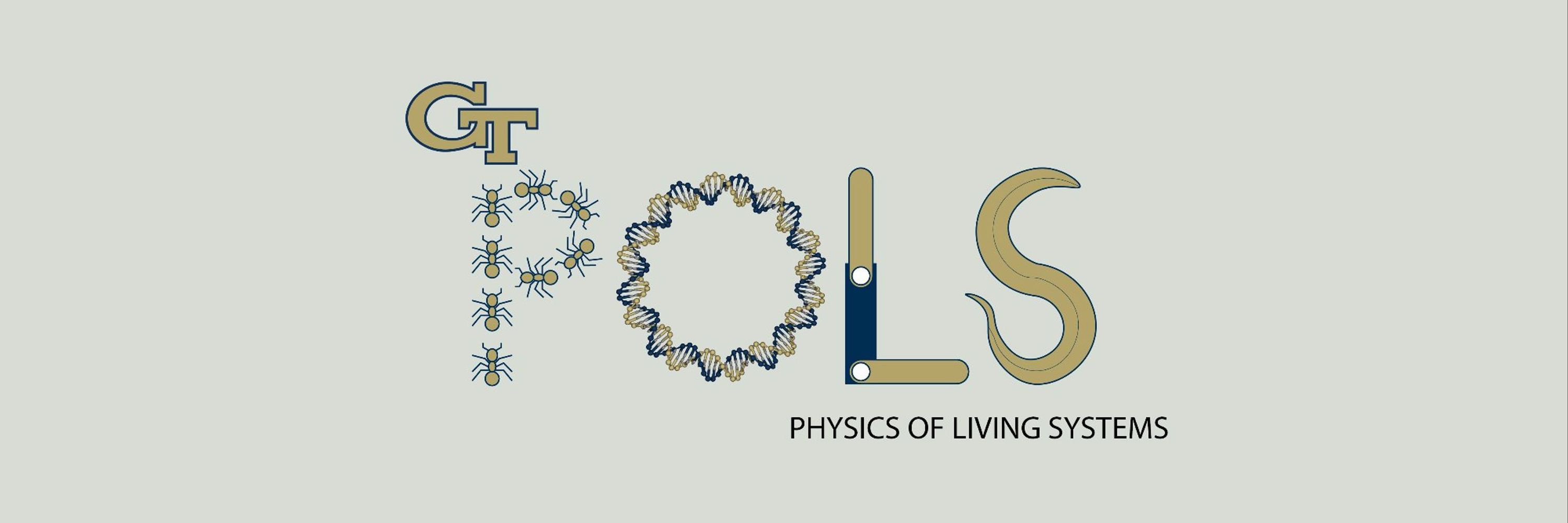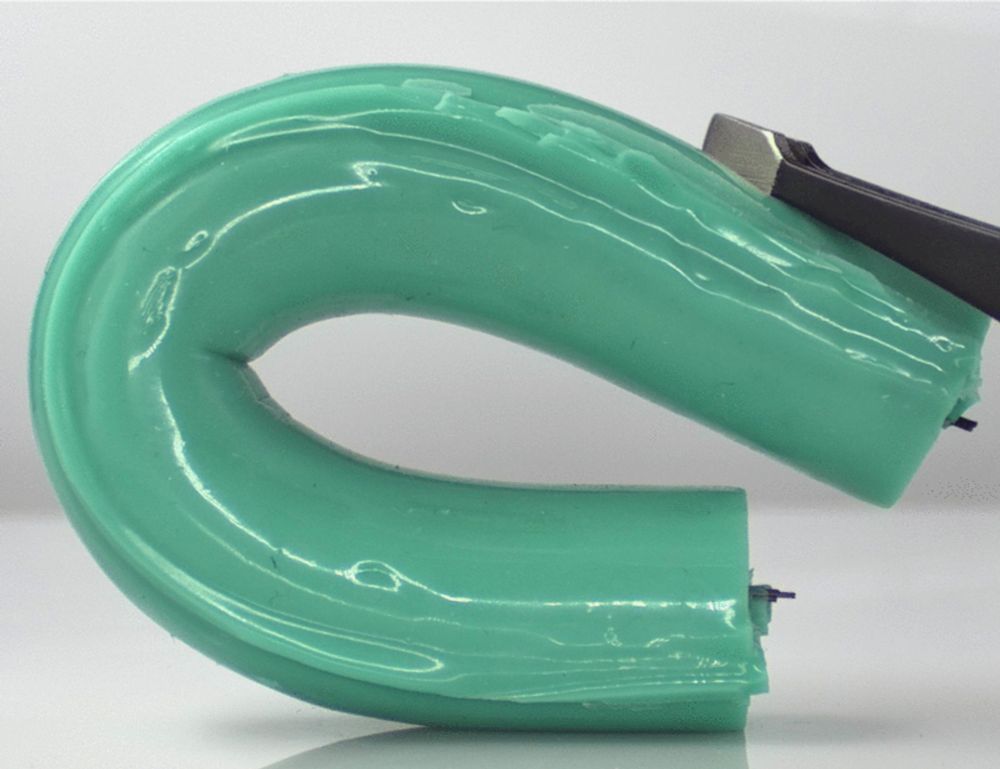PoLS at Georgia Tech
@gtpols.bsky.social
49 followers
55 following
91 posts
This is the official Bluesky profile for the Physics of Living Systems node at Georgia Tech.
https://pols.gatech.edu
Posts
Media
Videos
Starter Packs
Reposted by PoLS at Georgia Tech
PoLS at Georgia Tech
@gtpols.bsky.social
· Apr 17
PoLS at Georgia Tech
@gtpols.bsky.social
· Apr 15
PoLS at Georgia Tech
@gtpols.bsky.social
· Mar 27

AAAS Honors Seven Georgia Tech Researchers as Lifetime Fellows
Seven faculty members at the Georgia Institute of Technology have been elected 2024 Fellows of the American Association for the Advancement of Science (AAAS), the world’s largest general scientific so...
news.gatech.edu


















